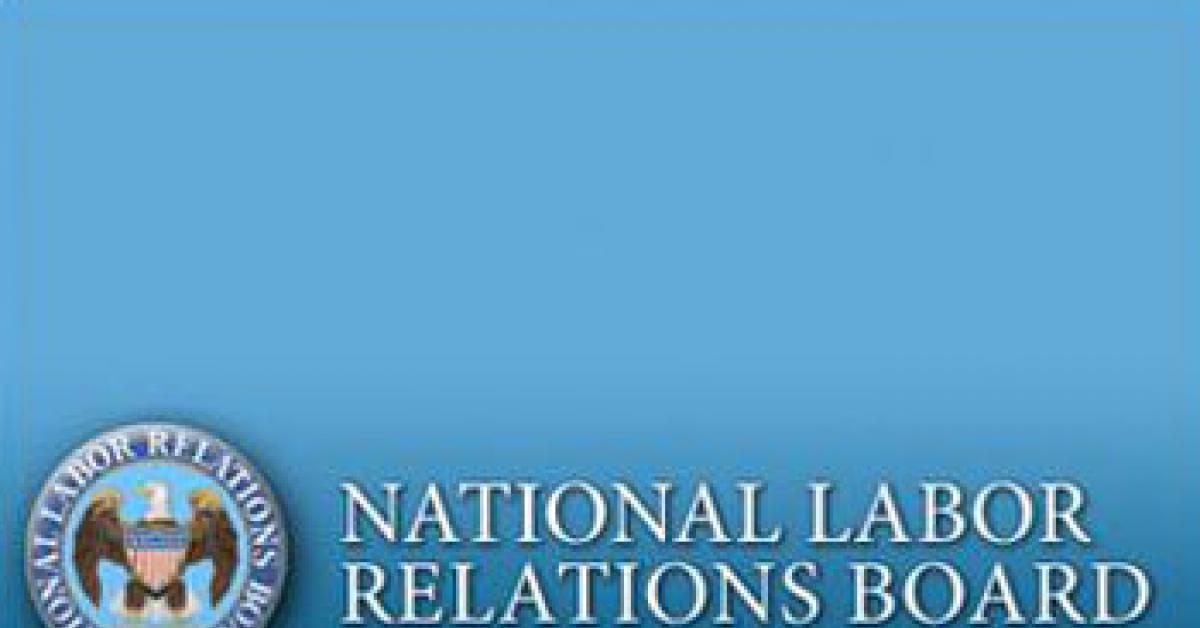EVANSTON, Ill. — As we predicted here several months ago (Could The Unions Still Clean Up?), the National Labor Relations Board (NLRB) is continuing its pro-union agenda with the same thunder as a battleship blasting a broadside.
On June 21, the NLRB published the proposed changes it wants in rules governing union representation elections. When adopted, these rules will make the jobs of union organizers easier by handcuffing management and fast-tracking representation elections in which a company’s employees vote whether or not they wish to unionize.
Following the defeat in Congress of the Employee Free Choice Act, which would have allowed “card check unionization” and eliminated nearly all representation elections, union leaders are trying a different way to reach their easy organizing goals. They know “if you can’t legislate, regulate.” And the NLRB regulates labor relations in America.
THE NEW RULES
The NLRB’s proposed changes in its rules upend the “level playing field” standard it has traditionally used to balance the oft-conflicting interests of unions, employers and employees. The new rules would:
- Require management to turn over to the NLRB the names, job titles, shifts, phone numbers, home addresses and e-mail addresses of all employees within two days of any union petition;
- Reduce significantly the time limits of election campaigns, cutting management’s chance to tell its side of the story about unions. Experts predict election campaigns would be cut to less than 20 days down from the average of 51 days it achieved in 2008, the most current data available;
- Restrict management’s “free speech rights” by hobbling its ability to address issues and inform employees of pros and cons of unionization during its campaign;
- Defer challenges to voter eligibility until after the election;
- Defer all other campaign objections until the election vote is completed.
Taken together, these new rules will slash the time between a union petition and election and severely restrict management efforts to “tell its side of the story.”
The NLRB has already issued rules requiring employers to post notices informing employees of their right to unionize, including the “advantages” of unions. It may also be planning to make permanent the restrictions on management that now apply only after a union files a petition.
WHAT IS THE NATIONAL LABOR RELATIONS ACT?
The 1935 National Labor Relations Act (NLRA) governs the country’s labor relations by secret-ballot elections in a system of industrial democracy. The NLRA gives employees the right to vote whether they want to be represented by a union or not.
The National Labor Relations Board, a quasi-judicial federal agency, administers the NLRA. Appointed by the President and confirmed by the Senate, its members decide the detailed rules governing union and management behavior and how elections are conducted. Despite criticisms by labor and management, it has done a pretty good job over the years—those who complain have almost invariably lost their elections.
Today, unions decry the current rules governing elections despite the fact that they now win nearly 64% of all representation elections (based on NLRB Annual Reports, 2000-2009). They claim the law is cumbersome, bureaucratic and slow. They argue companies have unfair “advantages,” most notably, the right to give “captive audience” speeches to employees on paid time to give management’s views. Unions avoid saying they have the right to make home visits to employees to promote their claims, something now denied to management under NLRB rules.
Wednesday: Three steps management can use to prepare...
Have a question or comment? E-mail our editor Dave Davis at [email protected].
